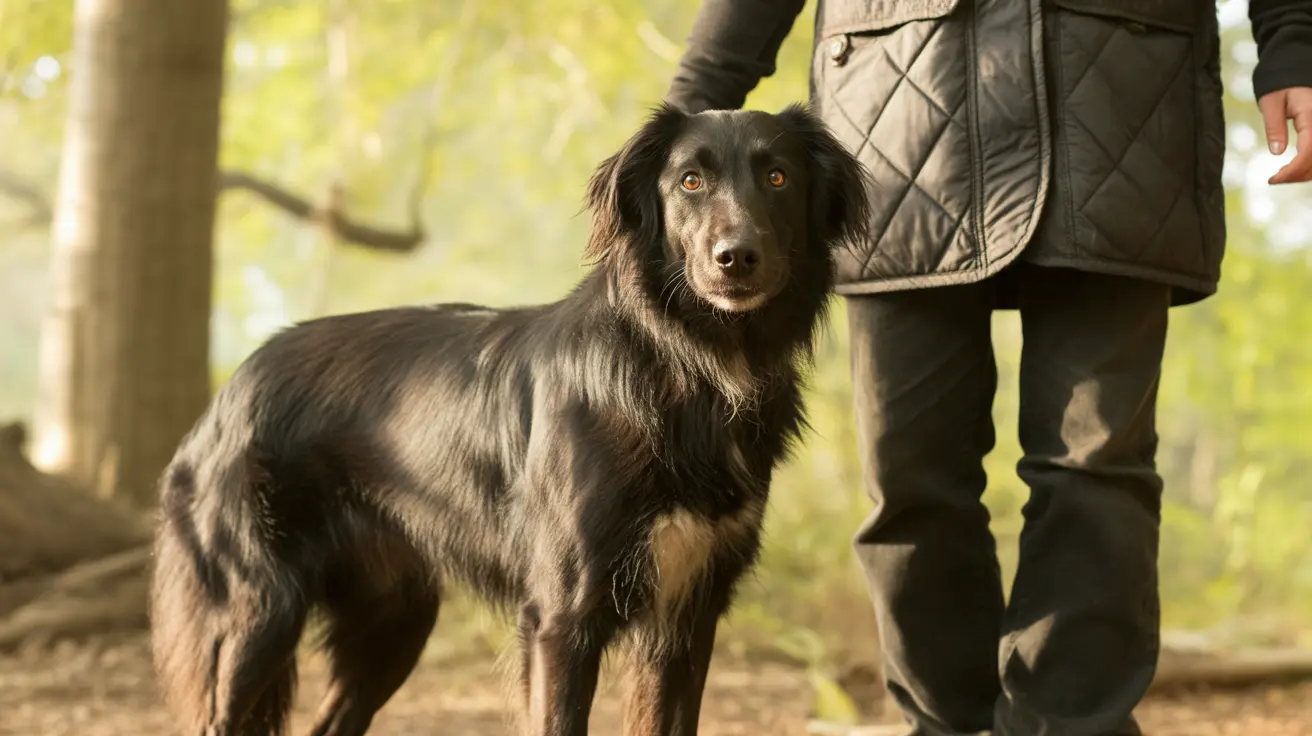Understanding and Managing Hyperkeratosis in Dogs
Hyperkeratosis in dogs is a skin disorder marked by the overproduction of keratin, a key structural protein in the outer skin layer, paw pads, nose, and nails. While keratin typically protects the skin, its excess accumulation causes hardened, thickened, and often painful skin, primarily on the dog's paw pads and nose.
Signs of Hyperkeratosis in Dogs
- Thickened, dry, crusty, or rough skin, especially on paw pads or nose
- Cracks, fissures, bleeding, or ulcers in the thickened areas
- Hairy, frond-like projections of keratin from the paw pads
- Pain, lameness, or limping
- Excessive licking or chewing at affected areas
- Loss of pigmentation or lightened skin
- Risk of secondary bacterial or fungal infections
Common Causes of Hyperkeratosis
The condition can result from several factors:
- Genetics: Breeds like English and French Bulldogs, Boxers, Beagles, and Cocker Spaniels are more susceptible.
- Age: Senior dogs often develop calluses resulting in hyperkeratosis due to prolonged pressure while lying down.
- Congenital forms: Present in young dogs between 4–9 months.
- Infectious diseases: Conditions like canine distemper or leishmaniasis can trigger it.
- Autoimmune diseases: Diseases such as lupus erythematosus and pemphigus foliaceus.
- Nutrient deficiencies: Especially zinc-responsive dermatosis found in breeds with poor zinc absorption.
Why Veterinary Care Is Crucial
Veterinary diagnosis is critical to determine whether the hyperkeratosis is hereditary, idiopathic, or a symptom of an underlying condition. Your vet may conduct:
- Physical examination of affected skin areas
- Blood tests and urinalysis
- Skin scrapings or biopsies
Treatment and Management
Although there is no cure for idiopathic or hereditary forms, effective treatment can offer relief and reduce complications. Treatment strategies include:
- Topical treatments: Keratolytic agents like salicylic acid or urea, moisturizing ointments, or emollients
- Keratotic trimming: Filing or cutting off excess keratin under veterinary guidance
- Paw soaks: Warm water or Epsom salt baths to soften hardened areas
- Antibiotics or antifungals: For secondary infections
- Dietary support: Supplements rich in omega fatty acids and zinc
- Addressing root diseases: Using immunosuppressants or antiparasitic treatments if systemic disease is found
Preventive Care and Home Management
Dog owners can reduce the risk and severity of hyperkeratosis by:
- Monitoring the skin of genetically predisposed dogs from an early age
- Maintaining clean, cushioned bedding to prevent calluses
- Feeding a nutritious diet enriched with essential nutrients
- Using moisturizing paw balms regularly
- Keeping vaccinations up-to-date
- Promptly addressing early signs of crusting or discoloration
Routine veterinary check-ups are essential for monitoring progress and tailoring treatment. With the right management, most dogs with hyperkeratosis can live healthy and comfortable lives.





